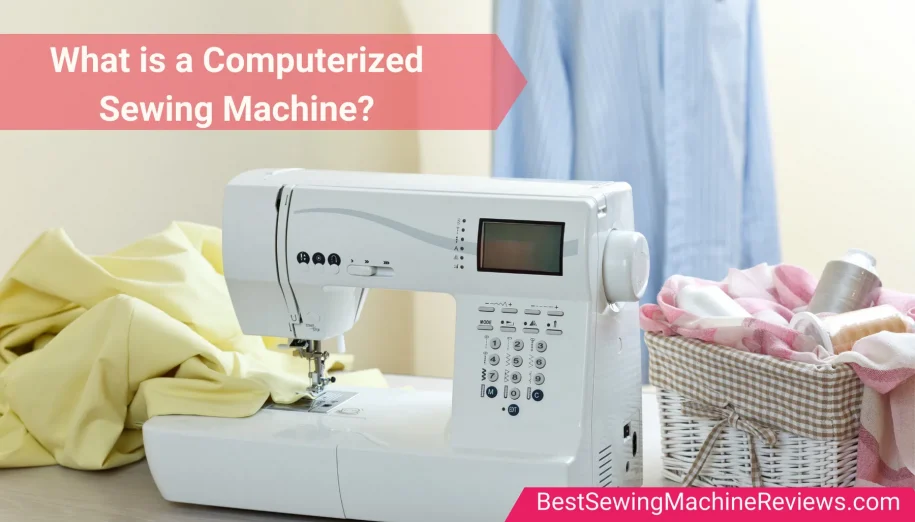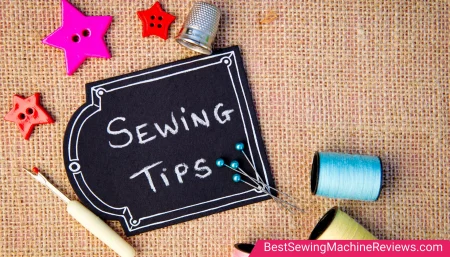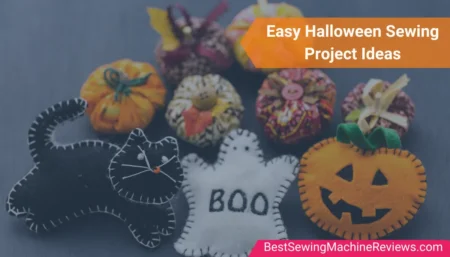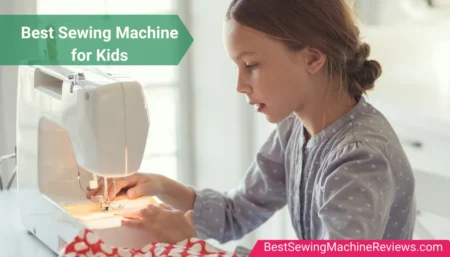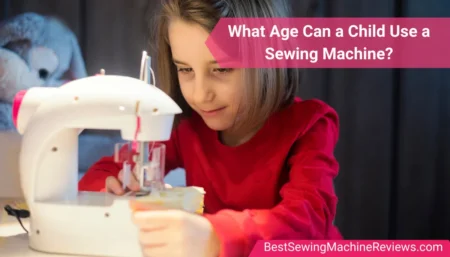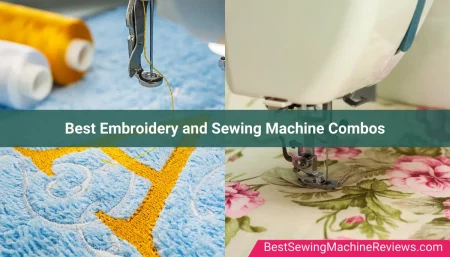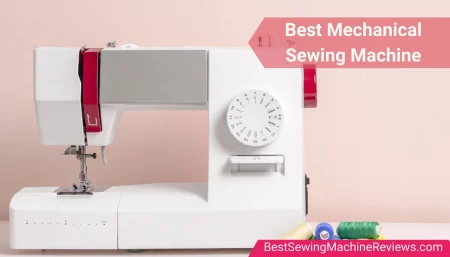The thing that separates most computerized sewing machines from mechanical or manual sewing machines is a built-in computer. This computer makes a sewing machine computerized. This computer is installed to control all the motors of the computerized machine. That being said, facilitating the user to utilize the needle bar, tensioning discs, the feed dog, stitch buttons, and other parts. Due to the control over motors, users can easily access and use many different stitches, designs, and patterns. They also allow you to embroider and quilt your fabrics. The most impressive thing is the USB port that lets the user transfer any design into the machine.
How does a Computerized Machine work as compared to a Mechanical Sewing Machine?
Mechanical sewing machines or manual sewing machines sew by adjusting the settings of knobs. When you start using the foot presser, the needle starts moving in the direction you decide and sews the fabric. However, in computerized sewing machines, the computer makes sewing very easy and fast for the user. It operates the motor at the right speed to move the needle up and down and side to side to create the required stitches.
When do you need to buy a Computerized Sewing Machine?
Computerized sewing machines have an advantage over others because they comprise quality material, are long-lasting, and include advanced and valuable features. They sew, quilt, and embroider the fabrics smoothly and efficiently. Its features include an automatic needle threader, an LCD, an auto thread cutter, a speed slider, and many more. All these features take loads off your shoulders and let you do all the tasks professionally without taking much time. All these things make it worth buying.
So, when you are looking forward to automated sewing options, then buying a computerized sewing machine is one of the best choices to make.
What actually can a Computerized Machine do?
A computerized sewing machine is capable of a wide range of tasks! There are a variety of uses for these high-tech sewing machines. Computerized sewing machines are popular because of their embroidery and decorative functionality. It’s possible to build and store patterns in the internal memory. It’s as simple as selecting a stitch or pattern, pressing a few buttons, and then positioning your fabric in the stitching area.
Simple stitching and complicated design work are no match for their computerized counterparts. This model’s stitches will be extremely precise, even when used on materials that are both delicate and thick. Because it does most of the work for you, you are able to complete a job more quickly than expected. Sewing machines with automatic needle threading are also common in this range. As a result, these devices are seen as more user-friendly and adaptable than their predecessors.
Best way to maintain a computerized machine?
- Cover a computerized or electronic sewing machine with a hard case or any piece of cloth. It prevents the dust from getting into the parts.
- Unplug the machine after using it.
- Use the machine at the required voltage. Using it at lower voltage will harm the motors.
- Handle all the sensitive electronic parts with special care.
- Use a lint-free brush to clean the hard-to-reach parts, and use lint-free cloths for easily reachable parts.
- Take help from the guidebook that comes with the machines.
- All the computerized machines require service and check-ups from time to time. Therefore, handle them with capable and professional people only.
- Save it from getting rusty by avoiding moist things.
Conclusion
After reading this far, it is safe to assume that you have a good understanding of everything we’ve discussed. It’s a computerized motorized sewing machine for the tech-savvy and ambitious sewists of the world. Plenty of features and user-friendly settings save up your time while providing a wide range of customization options. We’ve also compiled a short list of noteworthy benefits and drawbacks. Examine them at least twice, if not three times, before making a decision on whether or not to replace them with a newer model.
Picture Credit: Canva

